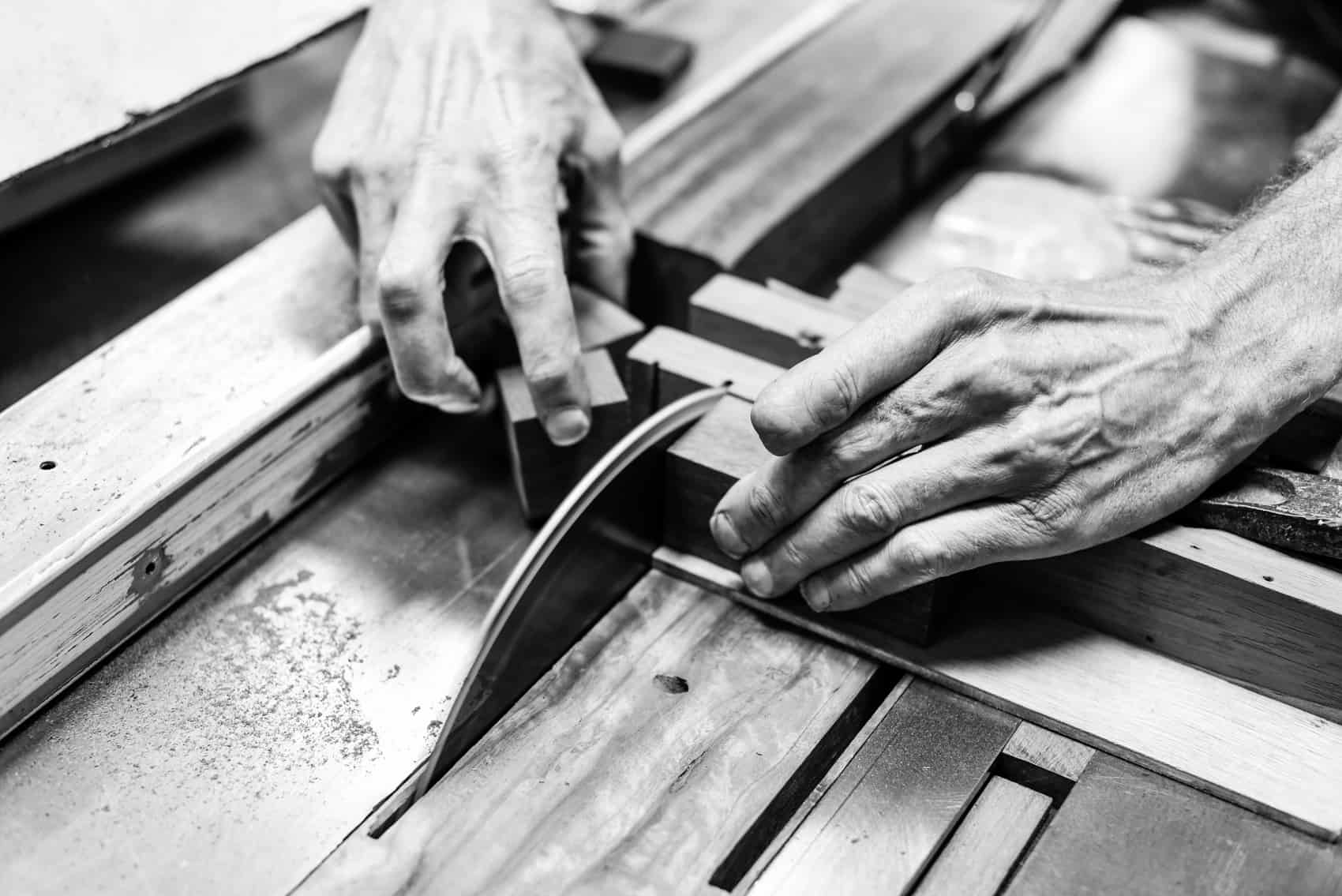Everybody has at least one piece in his home – the rocking chair that was used by Mom when she was pregnant; the well-worn desk that has traveled the Atlantic but still glows after a fine polish; even the stool used as a child to reach the cookie jar at Grandpa’s house. Furniture often steps outside function and beauty, taking on a soul of its own.
Yes, at root, it is nothing more than wood and glue – a material object. But when time, place, and creator are taken into consideration, a dining room table can be an heirloom, and a bookcase can trigger a thousand memories.
Such is often the personality of handcrafted furniture. Between an entire town dedicated to the trade and several craftsmen, Costa Rica offers plenty of opportunities to make a chair more than a chair or a dresser more than a dresser.
After being enchanted by Monteverde’s cloud forests and finding tranquility on Guanacaste’s beaches, Costa Rican visitors often find themselves in Sarchí, the country’s famed woodcraft town in the northwest Central Valley.
There, they can capture their memories and the skills of a furniture maker who has been working with wood since learning the trade from his father 40 years ago. But, while easy and well-known, Sarchí may not be the best the country has to offer in handcrafted furniture.
“I went to Sarchí, I searched all over the country, and the best I found was here,” said Isham Collier about Costa Furniture in Playa Herradura on the central Pacific coast. Collier owns nearby Docelunas Hotel & Spa, where all of the furniture – from entertainment centers to bedside tables – is handcrafted.
“I had a very clear vision in mind of what I wanted, and a lot of the furniture I had in mind simply does not exist in Costa Rica, or anywhere,” he said.
Craftsmen at Costa Furniture can create from the visions of one person, but they often work off pictures or designs customers select out of an encyclopedia, owner José Costa said.
“The advantage of custom furniture is we can be very exotic, building hand-carved Louis XV bedroom sets, but we can also be very simple and contemporary, with Adirondacks and bar stools,” he said.
Jay Morrison, owner of Tierra Extraña in Santa Ana, said he and his craftsmen sit down with clients to create purely unique designs. For example, the store was recently asked to make a hand-carved pair of crutches.
“We try to add as much artistic content as we can. We try to do all original designs, we don’t want to copy anything exactly but listen to what the customer wants and create something new and different,” he said.
Morrison has been in business for more than 30 years and said the majority of his furniture is shipped to the United States after it is purchased. This is not only because of the beautiful designs he creates – including solid slab tabletops made out of 15-year-old woods – but because of the price.
A standard mid-size dining room table and chairs made out of cenizaro – a rich, dark, hard wood – would cost $1,500-2,000, he said. A similar piece in the United States would be $5,000-7,000.
Costa hopes that his prices are at least 50% of what could be found in the United States and ships much of what his company makes.
But Collier suggests Costa Rica residents also take a second look at the country’s custom-made furniture, especially those considering importing first-class pieces from overseas.
“(Importing) is more of a headache than it is worth. I believe in doing as much as you can with what surrounds you,” Collier said.
What surrounds Costa Rican craftsmen is some very fine wood, Costa said. However, people must be very careful that the wood they are using was obtained legally, he said. Costa Furniture uses guanacaste wood (which is not from guanacaste trees), teak from plantations, black ash, and black cedar, he said.
“A lot of people come to me asking for mahogany, which is protected. But the quality of mahogany is not far from these woods. Once they come to our showroom and see the quality of this wood, they have no complaints,” Costa said.
Morrison said he, too, only uses legally obtained woods. His store also reforests abandoned pastureland with the types of trees they use, he said. In this way, he hopes the legacy of handcrafted furniture not only lasts in bedrooms and dining rooms but in the country as a whole.
Tips on Buying Handcrafted Furniture in Costa Rica
Jay Morrison, owner of Tierra Extraña; José Costa, owner of Costa Furniture, and everybody’s favorite handyman Bob Vila offer this advice when buying handcrafted furniture:
- Interview the craftsman, learn about his background and training. Look at the image of the showroom or store or ask to see work samples, to see the quality of their work and what they are capable of.
- Be careful moving furniture from a damp climate to a dry climate, as wood may split and shrink. Use kiln-dried wood to avoid cracking.
- Find out if the craftsman guarantees his work. Ask about how problems will be remedied if issues arise.
- Check the finish. It should enhance the wood fibers, not just reflect light.
- Learn how to maintain the finish.
- Know your wood. Be cautious of incorrect labeling.
- Use wood that complies with forest management practices.
- Ensure the craftsman fully understands your needs.
- Bring measurements if you don’t have an exact design.
- Furniture typically takes a month to complete.
- Pay a deposit, but never the full price upfront.
- Check furniture joints to ensure durability.

